Find out how everything in a chemistry lab works, from pipettes to burners to recrystallization to storage. You'll get precise instructions on how to work and perform certain scientific duties in the chem lab, whether it's chemical or just ordinary high school science.
Watch this video on how to perform gravity filtration in the chemistry lab. As an example of how to separate supernatant from a precipitate by gravity filtration, the movie explains the separation of iron(III) hydroxide. The movie also explains how to dissolve iron(III) hydroxide on a filter paper by adding hydrochloric acid.
The precipitate is separated from the filtrate by gravity filtration using a filter paper and funnel. This technique is suitable for the separation of a coarse precipitate. Choose a filter paper suitable for the particle size of the precipitate.
Vacuum filtration rather than gravity filtration is suitable for the separation of a precipitate consisting of light and fine particles. Unless the filter paper tightly sticks to the funnel, air comes into the funnel leg, and the filtration speed decreases. Keep the sample surface about 5 mm lower than the upper rim of the filter paper to prevent the sample from overflowing.
Just updated your iPhone? You'll find new emoji, enhanced security, podcast transcripts, Apple Cash virtual numbers, and other useful features. There are even new additions hidden within Safari. Find out what's new and changed on your iPhone with the iOS 17.4 update.
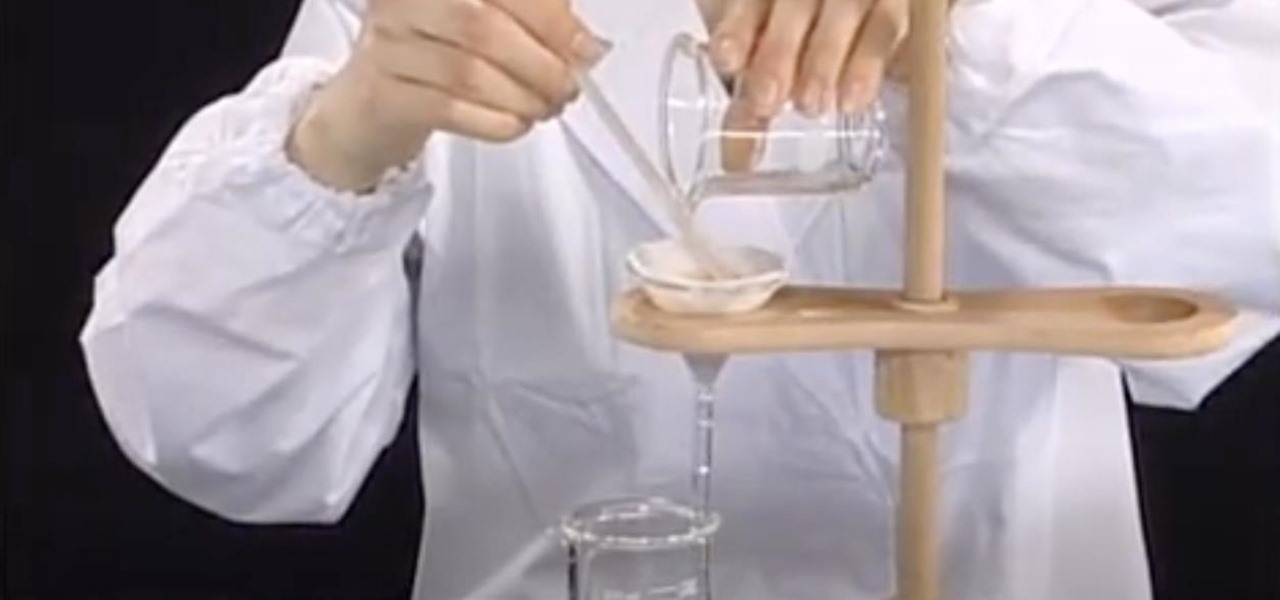


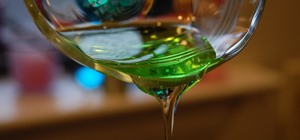
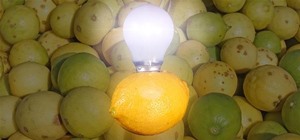

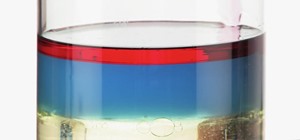

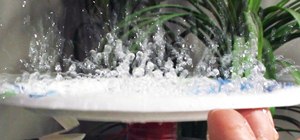
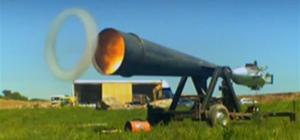
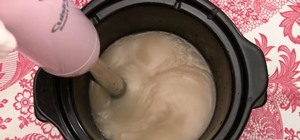
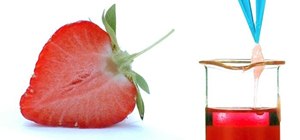
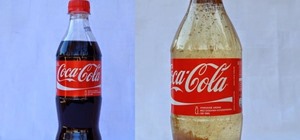
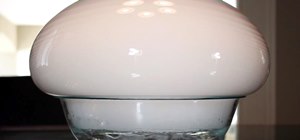


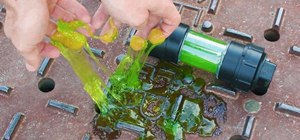
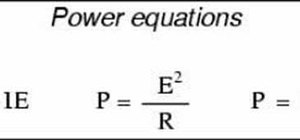

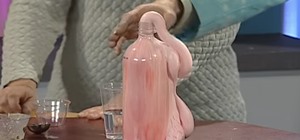
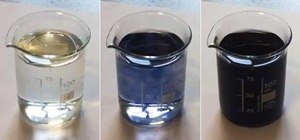

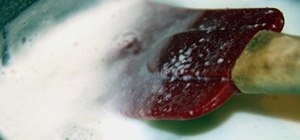
Be the First to Comment
Share Your Thoughts